
Arthritis warning: 10 everyday foods making your pain and inflammation worse
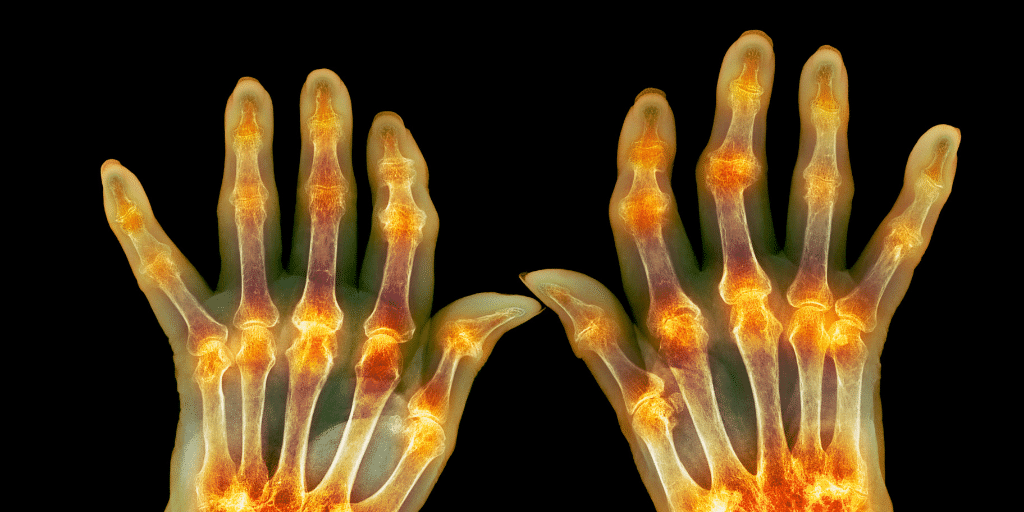
The Top Foods to Avoid if You Have Arthritis – and What to Eat Instead
If you’ve been living with painful, stiff, or swollen joints, your diet can make a bigger difference than you might think. What you put on your plate each day can either calm inflammation or make it worse. By removing certain foods and replacing them with healthier options, many people notice fewer flare-ups, less swelling, and even greater ease in moving.
Let’s walk through the main foods to avoid for healthier joints—and what to enjoy instead.
Key Takeaways
-
Cut down on added sugars and refined carbs – they fuel inflammation and weight gain.
-
Processed meats, salty foods, and trans fats worsen swelling and stiffness.
-
Limit alcohol and purine-rich foods like red meats, organ meats, and shellfish to reduce gout flare-ups.
-
Read labels carefully – sugars, additives, and unhealthy oils often hide in sauces, snacks, and packaged meals.
-
Track your own triggers – everyone’s body reacts differently.
Why Your Diet Matters When You Have Arthritis
Arthritis is, at its core, an inflammatory condition. Whether you have:
-
Osteoarthritis, where cartilage wears down over time, or
-
Rheumatoid arthritis/gout, which involve the immune system or uric acid buildup,
inflammation is what causes swelling, stiffness, and joint pain.
Diet plays a crucial role because:
-
Excess calories and unhealthy fats promote inflammation.
-
Too much weight puts added stress on hips, knees, and ankles.
-
Certain foods trigger biochemical reactions that make joints more painful.
Even modest weight loss—just 5–10% of body weight—can reduce stress on joints and improve mobility.
The Top 10 Foods and Ingredients to Avoid
1. Added Sugars
-
Found in sodas, pastries, candy, ice cream, flavored yogurts, and even “healthy” granola bars.
-
Hidden in sauces, breads, and salad dressings.
-
Why avoid them: Sugar spikes blood glucose, promoting inflammation and raising uric acid levels.
2. Refined Carbohydrates
-
White bread, pasta, pastries, and non-whole grain cereals.
-
Why avoid them: They act like sugar in the body, fueling inflammation and weight gain.
3. Salty Foods
-
Chips, canned soups, frozen dinners, fast food, and takeout.
-
Why avoid them: Excess sodium causes water retention, swelling, and can worsen joint stiffness.
4. Trans Fats & Excess Saturated Fats
-
Found in margarine, packaged snacks, fried fast foods, and fatty cuts of red meat.
-
Why avoid them: They trigger systemic inflammation and may damage cartilage over time.
5. Excess Omega-6 Fats
-
Vegetable oils (corn, sunflower, soybean) and processed snack foods.
-
Why avoid them: Too many omega-6s without balancing omega-3s tilt the body toward inflammation.
6. Alcohol
-
Especially beer and spirits.
-
Why avoid it: Can trigger gout, irritate existing inflammation, interfere with arthritis medication, and add empty calories.
7. High-Purine Foods
-
Red meats, organ meats (liver, kidney), anchovies, sardines, shellfish.
-
Why avoid them: They raise uric acid, which can crystallize in joints (causing gout).
8. Processed Meats
-
Sausages, bacon, deli meats, hot dogs.
-
Why avoid them: Packed with preservatives, sodium, and unhealthy fats that fuel inflammation.
9. Advanced Glycation End Products (AGEs)
-
Created by high-heat cooking (grilling, frying, roasting).
-
Why avoid them: AGEs damage proteins in cartilage, worsening arthritis progression.
10. Food Additives & Preservatives
-
MSG, nitrates, artificial flavor enhancers.
-
Why avoid them: Some people are especially sensitive; additives can trigger flare-ups or worsen pain.
What About Gluten and Dairy?
-
Gluten: Unless you have celiac disease or gluten sensitivity, there’s no solid proof gluten worsens arthritis. Still, if you notice flare-ups after wheat, consider a short trial of going gluten-free.
-
Dairy: Low-fat dairy can actually support bone health. Some studies even suggest milk has mild anti-inflammatory effects. But if dairy seems to worsen your symptoms, switch to calcium-fortified plant milks.
Better Choices for Happy Joints
Instead of focusing only on restrictions, lean into foods that fight inflammation and nourish joints:
-
Fill half your plate with colorful fruits and vegetables.
-
Swap white bread and pasta for whole grains like oats, brown rice, quinoa.
-
Enjoy fatty fish (salmon, trout, sardines) twice a week for omega-3s.
-
Snack on nuts and seeds for healthy fats.
-
Choose steamed, baked, or boiled cooking methods instead of frying.
Quick Reference Table
| Foods to Avoid | Better Choices |
|---|---|
| Sugary soda, candy | Water, unsweetened teas |
| White bread, pasta | Whole-grain versions |
| Red/processed meats | Chicken, fish, legumes |
| Chips, salty snacks | Fresh veggies, nuts |
| Fried foods | Steamed or baked meals |
Listen to Your Body
Arthritis is personal—what aggravates one person may not bother another. Keeping a food and symptom journal for a few weeks can help identify your specific triggers. If certain foods make your joints ache, swap them for healthier alternatives.
And remember: always check with your doctor or dietitian before major dietary changes, especially if you take arthritis medication, have diabetes, or another chronic condition.
Bottom Line
There’s no “magic food” that will cure arthritis. But by cutting down on sugars, refined carbs, processed meats, and unhealthy fats—while filling your plate with whole, colorful, nutrient-dense foods—you can take meaningful steps toward less inflammation, better joint health, and improved overall well-being.
News in the same category

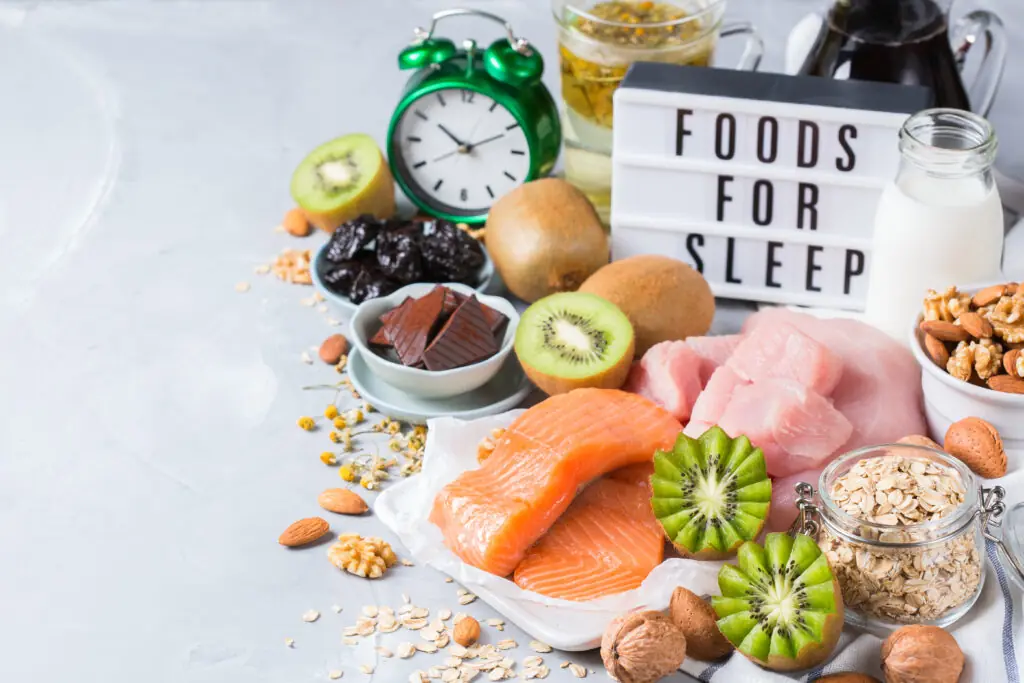
12 Foods With Melatonin You Should Include In Your Dinners To Sleep Like A Baby

White Tongue: What It Means and What You Can Do About It

World’s deadliest ca:ncer: 8 early warning signs every older adult should know

The Truth About the Thigh Gap: And Why You Don’t Need One to Feel Beautiful
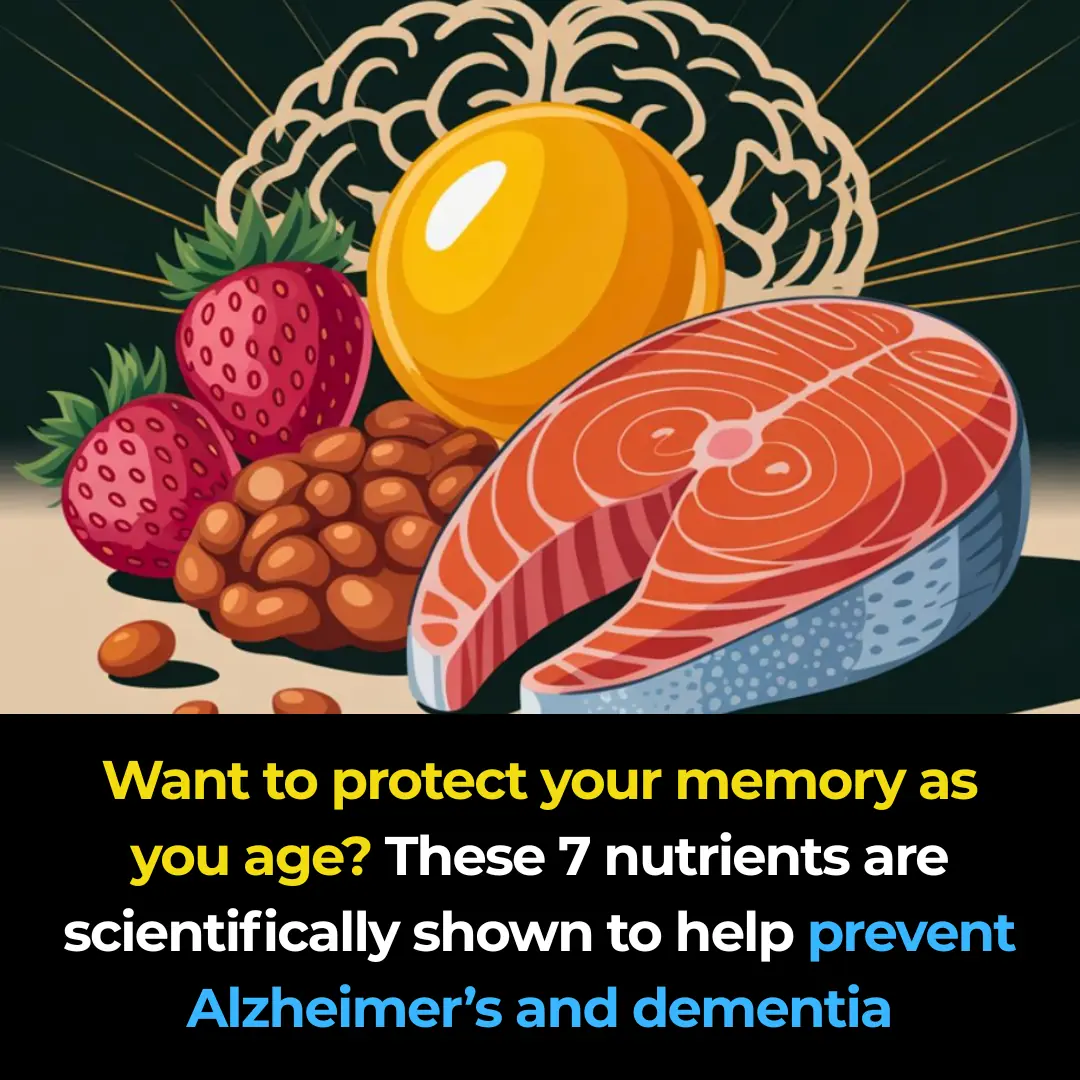
7 Best Nutrients to Prevent Alzheimer’s and Dementia
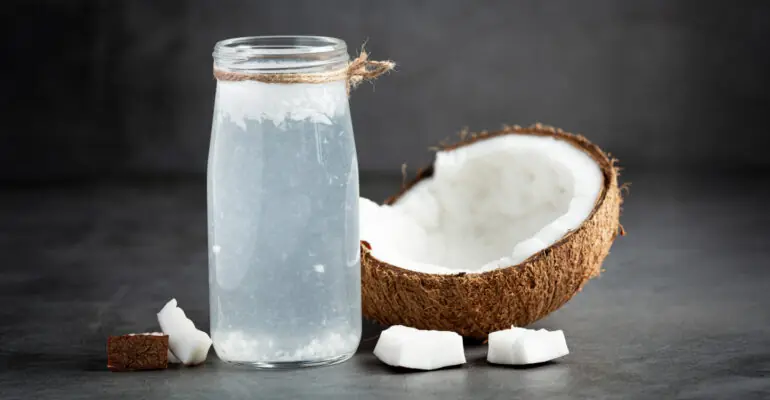
Coconut Water: Healthy Drink or Hidden Risk? Who Should Avoid It

All You Can Do with Just One Sage Plant: Grandma’s Timeless Uses

Aloe Vera for Varicose Veins and Tired Legs: Natural Relief You Can Try at Home
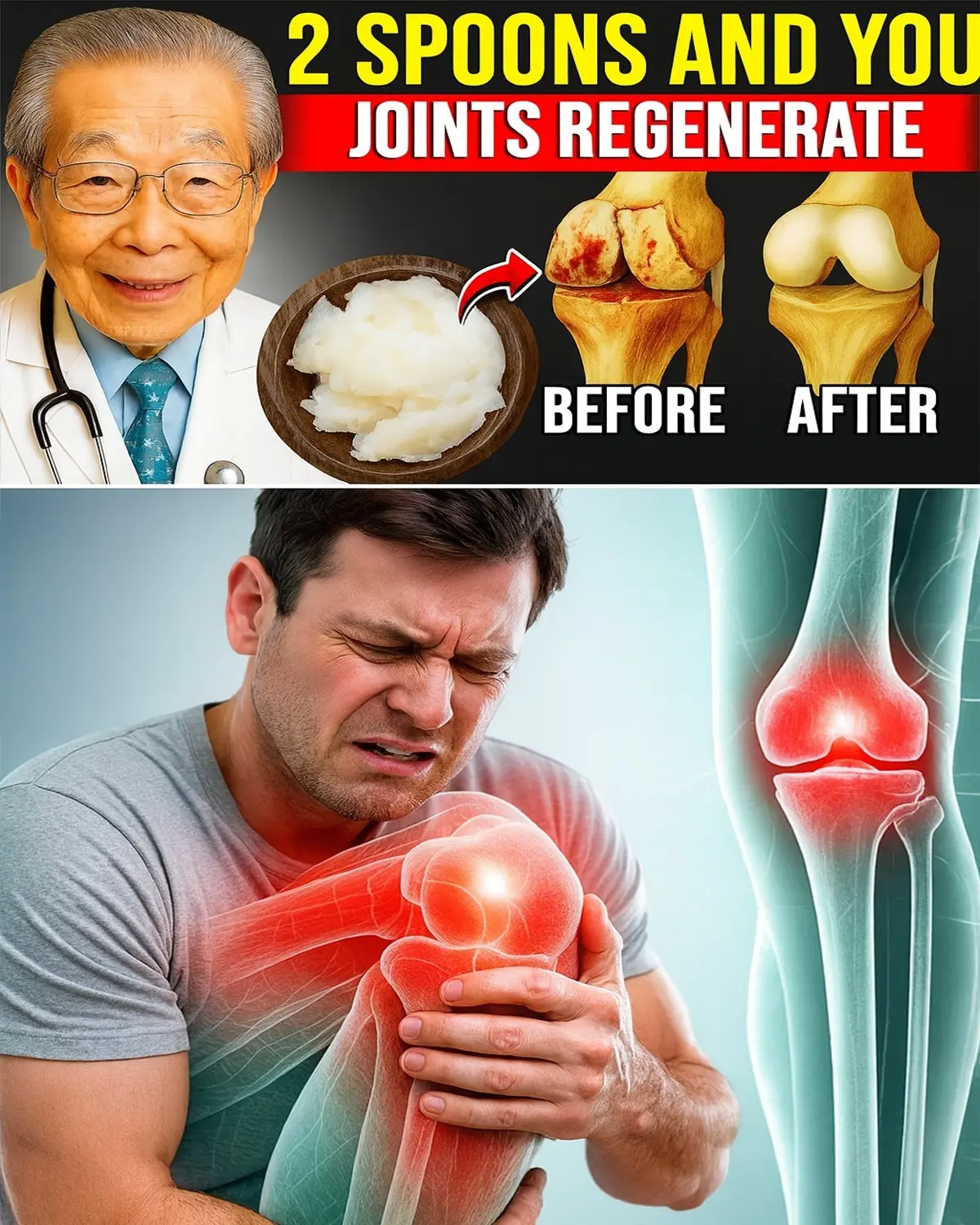
2 Spoons a Day May Support Joint Health Naturally
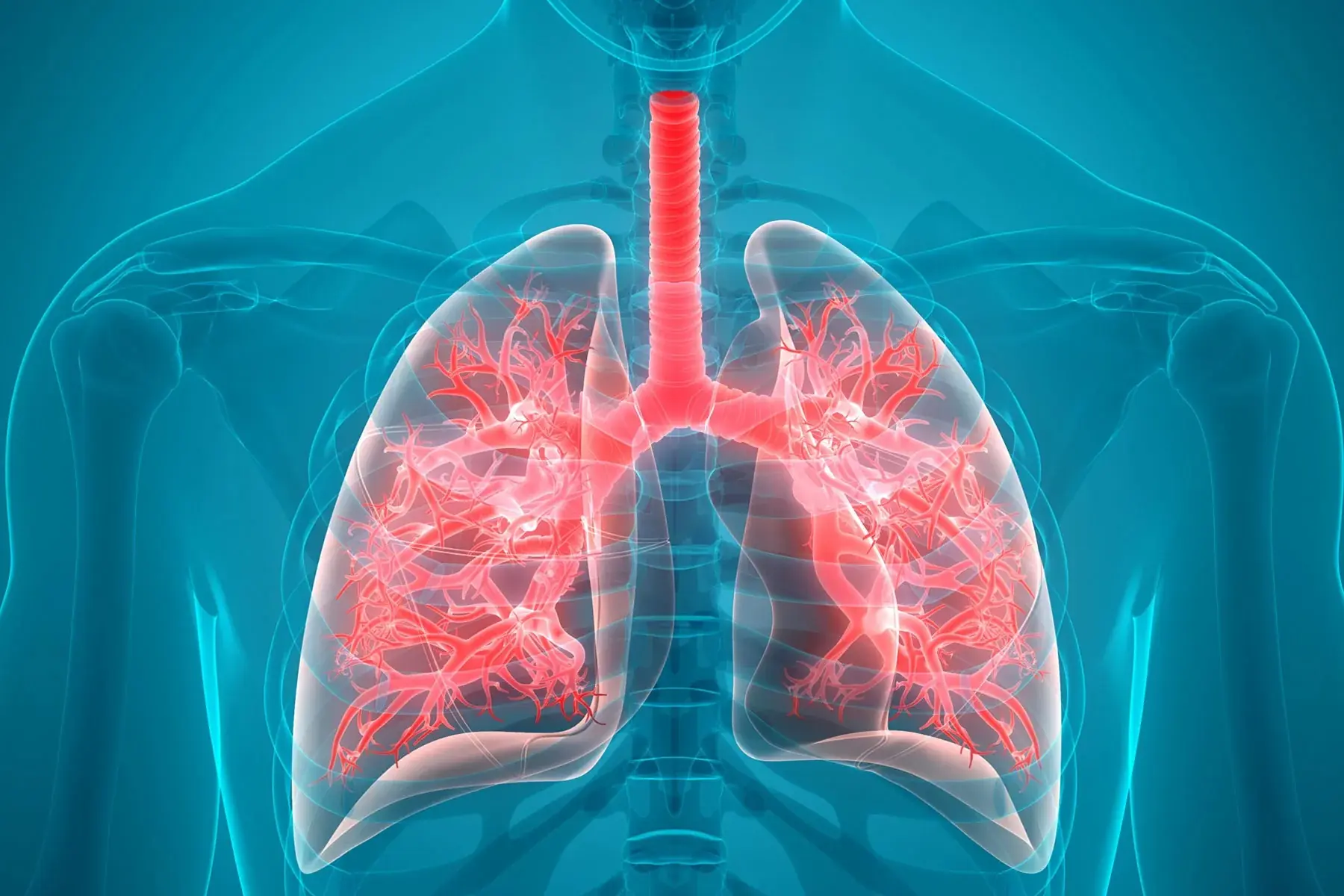
Clean Your Lungs and Stop Coughing in 3 Days! The Garlic Remedy for Bronchitis You Need to Try

Powerful Natural Remedies for Ear Infections
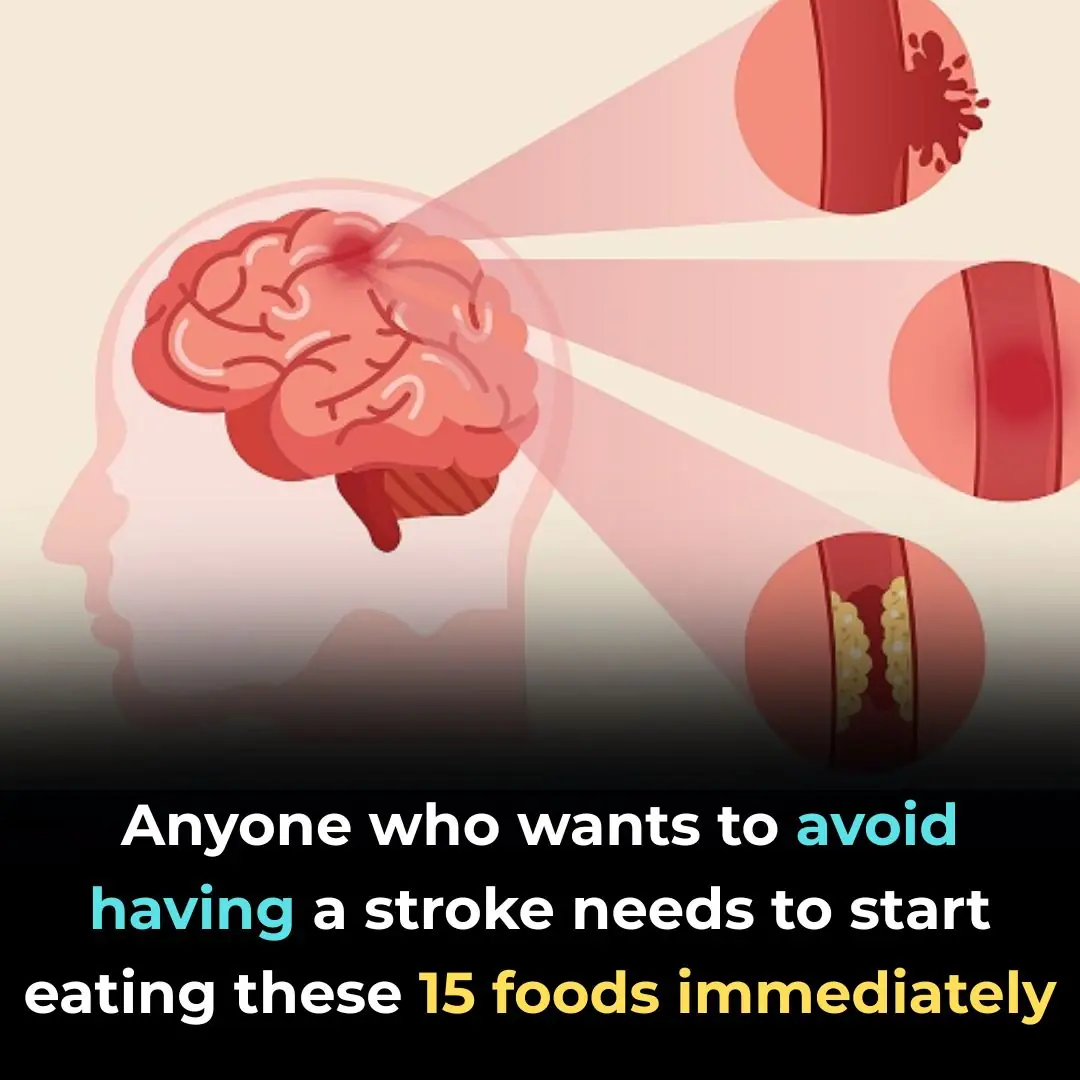
Anyone who wants to prevent a stroke needs to start eating these 15 foods immediately

Researchers Explore Potential Dementia Risk Linked to Gabapentin

Could the bacteria in your nose be causing Alzheimer’s? (new study)

Activate this nerve to fight stress and inflammation naturally – here’s how

New study reveals surprising health benefits of kimchi

Doctor Warns of Mesotherapy’s Risky Side, Causing Reptile-Like Skin

How Often Should You Change Your Underwear?
News Post

My Brother Banned Me from Speaking at Our Mother’s Funeral, Saying ‘No One Wants to Hear from the Adopted One’ — He Never Expected What Happened Next

Bride Walked Down the Aisle Smiling — But After Finding a Note Hidden in Her Bouquet, She Turned Around and Ran from the Wedding

9 Months Pregnant, My Husband Threw Me Out for Another Woman, But I Got the Last Laugh

The Man Who Became a Swan Shepherd.

A Valentine’s Gesture That Touched an Entire Community.

A Prom Night 76 Years in the Making.

The Truth About the Thigh Gap: And Why You Don’t Need One to Feel Beautiful

Mosquitoes fear this bowl of water the most—place it in your home and no matter how many mosquitoes there are, they’ll all disappear, letting you sleep peacefully
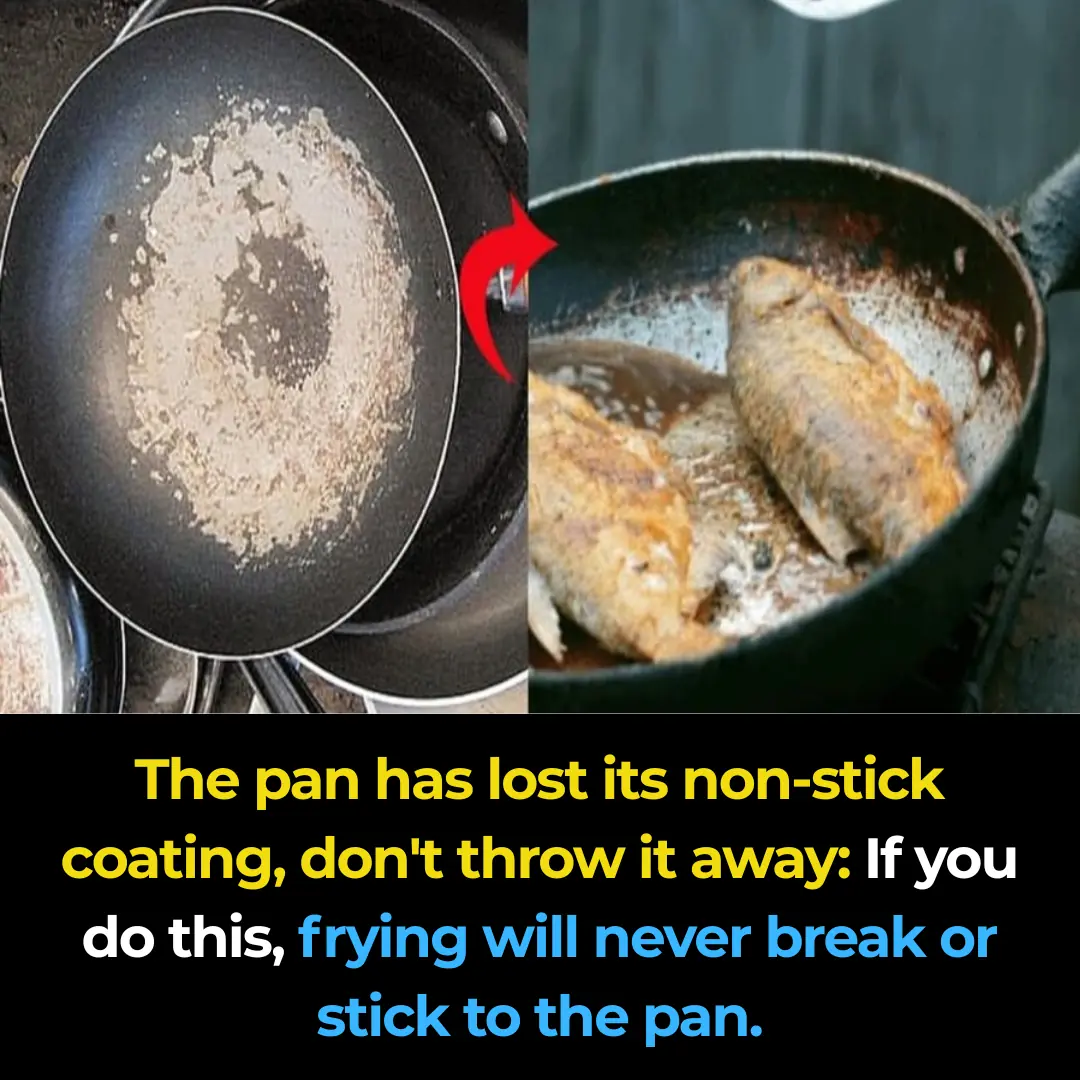
When your pan loses all its non-stick coating, don’t throw it away just yet: Do this and your frying will never stick or fall apart again
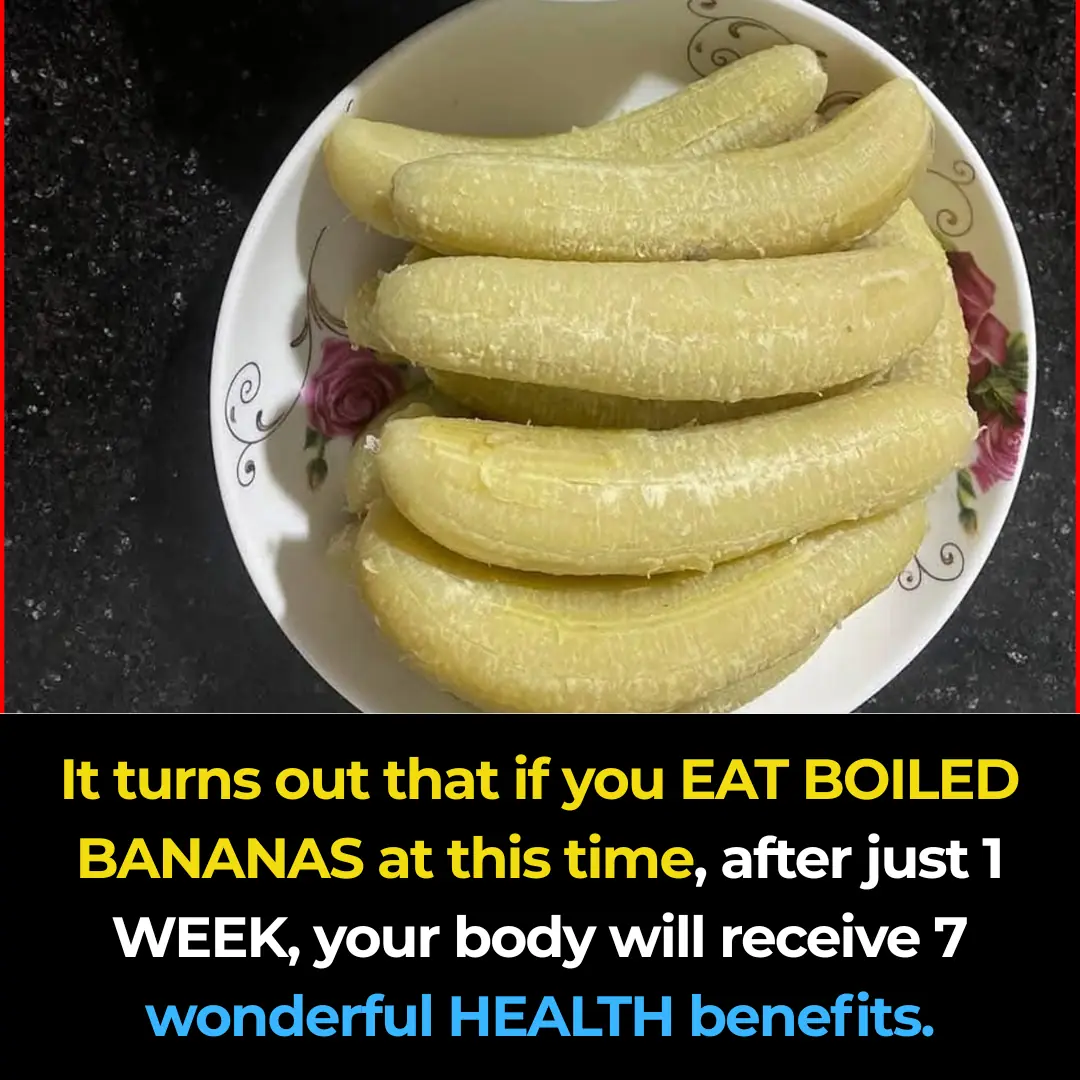
Eat boiled bananas at this time, and after just one week your body will experience 7 changes: excess fat melts away and your skin becomes smoother and brighter

12 Foods With Melatonin You Should Include In Your Dinners To Sleep Like A Baby

White Tongue: What It Means and What You Can Do About It

World’s deadliest ca:ncer: 8 early warning signs every older adult should know

The Truth About the Thigh Gap: And Why You Don’t Need One to Feel Beautiful

7 Best Nutrients to Prevent Alzheimer’s and Dementia

Coconut Water: Healthy Drink or Hidden Risk? Who Should Avoid It

Fact & Health Benefits of Ribwort Plantain

7 benefits and uses of Plantago Major
